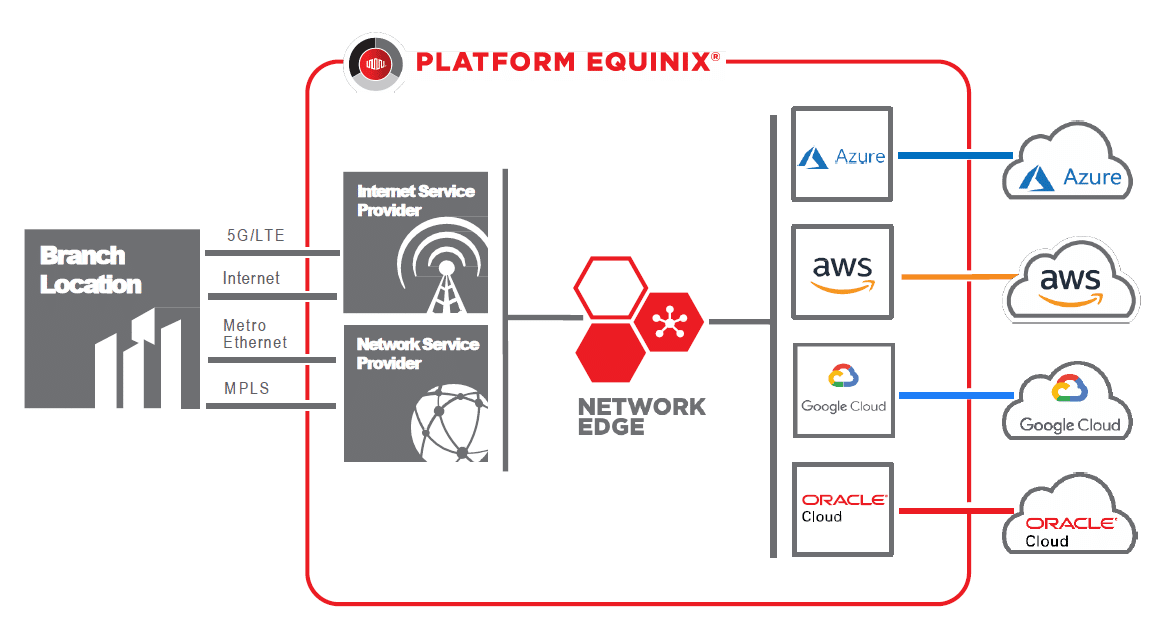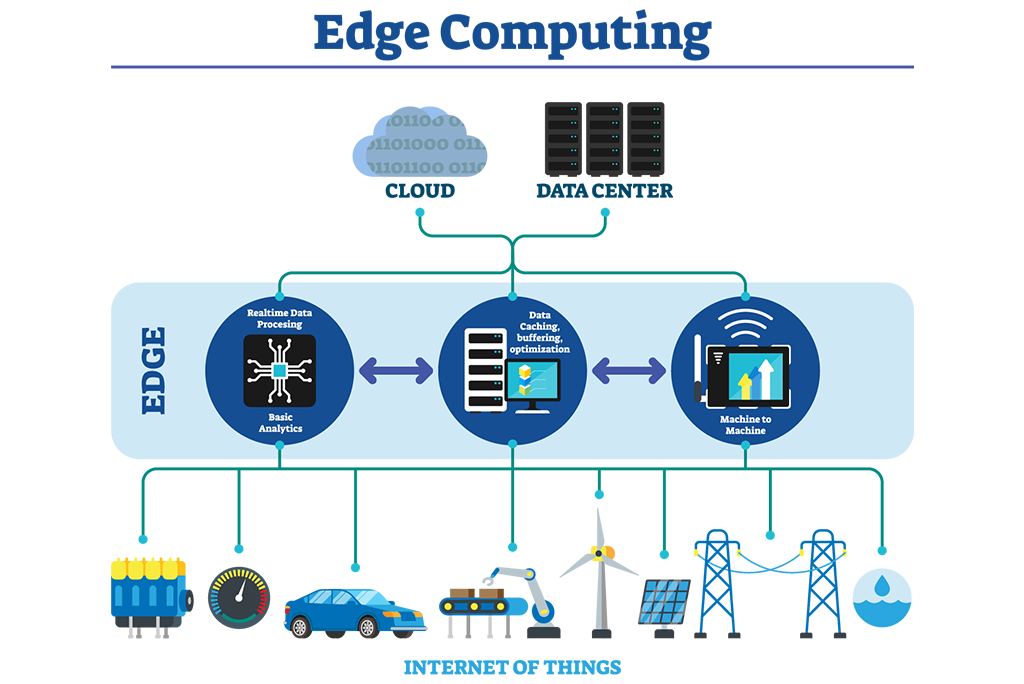Of-course ‘cloud’ is the new center of gravity for companies of all size, but for those of us anchored in deterministic traffic flows, data center computing, branch and campus connectivity, ‘edge’ is a new paradigm and a new alignment to the cloud driving new use cases for digital transformation. In this blog, I will discuss three different types of edge solutions around Network, compute and AI (Artificial Intelligence) where we see lot of innovation by both startups and incumbent companies.
Network Edge: Networking in the enterprise space means building a connectivity model between users and data center applications that includes a combination of LAN, WAN, campus and data center networks. But in the recent years, there is a dramatic shift in this type of connectivity model and new use cases have emerged as the applications are shifting to cloud and users are shifting from desk to hybrid/mobile mode. Take for example Equinix, their network edge solution allows enterprises build hybrid cloud by connecting their data center applications to their multiple cloud providers through Equinix’s one of several interconnection points. On the branch side, SDWAN technology has allowed companies to build hybrid connectivity models via LTE, MPLS or Internet to connect either to their data centers or public cloud providers.

Compute Edge: When the compute and storage resources are brought closer to the user or a device then we call that as an edge compute. With edge computing , most decisions are localized, there is less reliance on the cloud , improved server response time and savings on bandwidth. Edge compute resources can be be imagined as micro data centers which is an extension of the public cloud. The proliferation of IoT devices has driven the need for the data from these devices processed as close to the source as possible. Applications like pedestrian detection by self driving cars, smart cities or building automation systems, all these require real-time processing of data for which proximity and faster response times are critical.

AI Edge: AI at the edge has been only possible because of Moore’s law where a tiny chip can perform powerful compute that can run AI algorithms. AI edge is a further extension of compute edge where an IoT hardware for example has enough compute to implement the AI model for a specific purpose. In some situations the IoT device can independently take decision without needing to connect to the cloud. Some of the use cases are image analytics for fraud detection, audio analytics and environmental analysis.

The underpinnings of the new digital architecture is certainly the edge capabilities whether its for connectivity or computing. On the computing side the edge architecture is highly distributed in nature that improves agility and avoids unnecessary backhauling of data to the cloud.
References:
https://docs.microsoft.com/en-us/learn/paths/ai-edge-engineer/

Leave a comment